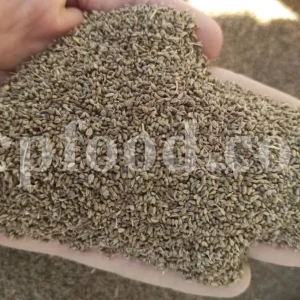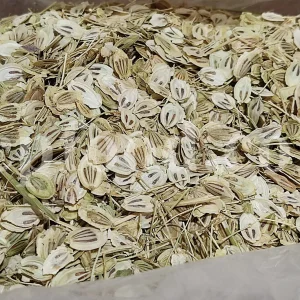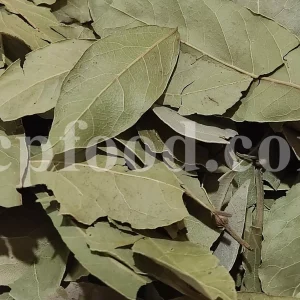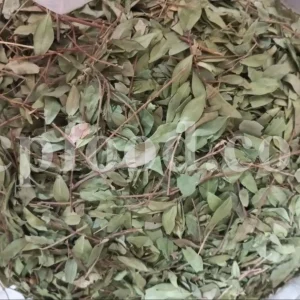GENERAL DATA
Plant Parts: Root, Root hydrosol
Cultivation Mode: Cultivated/ Wild Collection
In Manufacturing: Beverages, Pharmaceutical, Cosmetics, Confectionery, Oil, Herbal Tea, Livestock and Poultry, Perfumery, Extract, Veterinary and Insecticide
In Food: Herbal tea
PRODUCT NAME IN DIFFERENT LANGUAGES
Persian Name: Sonbol Tib- Sonbole Hendi- Alafe Gorbe/ سُنبُل الطیب- سُنبُل هِندی- عَلَفِ گُربه
German Name (Deutschland, Austria, Switzerland): Baldrianwurzel
French Name (France, Belgium, Switzerland, Quebec): Herbe aux chats, Herbe à chat
HARVEST CALENDAR
Feb
Mar
Apr
May
Jun
Jul
Aug
Sep
Oct
Nov
Dec
To order Valerian root, please contact us.
About Valeriana Officinalis
It is an herbaceous plant, perennial, tall and vertical. Its height is up to 2 meters. Its stem is cylindrical with deep and hairy grooves. Valerian leaves are reciprocated and divided into many leaflets. Each leaf has 7 to 11 and sometimes more leaflets. The leaflets are oval, pointed with a broad, serrated base. The pink flowers appear in groups at the end of the flowering stem in late spring.
All parts of the plant, including the aerial parts and the roots, emit a pleasant odor that is very interesting and attractive to cats, and cats wander around the plant on the ground and feel pleasure. Valeriana officinalis roots are scattered attached to its underground stems and are intertwined, and it is this underground stem and plant root that is used as medicine in traditional medicine.
Wild and desert Valerian is usually called small valerian, because if it is planted and cultivated, they get higher height and longer stems, but the medicinal properties of Wild Valerian root are more than cultivated Common Valerian root. For this reason and because Valerian grows in the wild enough and in abundance, planting this herb is not usual.
Harvesting of Valeriana officinalis roots is often done in the spring before the stems grow. Usually, the roots are harvested from plants that are more than 3 years old. The underground stems of this plant, which are covered with small roots, are usually marketed in pieces with a length of 2 to 5 cm, the diameter of which is about one centimeter. The color of this root is dark brown after drying, its taste is bitter, fragrant, and aromatic. The interesting thing is that the underground stem and root of Valerian that is just harvested have a little smell and aroma, but after drying, the aroma becomes much stronger.
Valerian Root Temperament
Warm and dry in second degree.
Valeriana officinalis Root Chemical Constituents
volatile essential oils, glucoside, alkaloid, chatinine, valeriana, bornyl isovalerate, bornyl formate, bornyl acetate, bornyl butyrate, borneol, pinene, valerianine, valeric acid, formic acid, acetic acid, tannin, and a-methyl pyridyl ketone.
Valerian Root Health Benefits
In China and Japan, soaking Valeriana officinalis root in water or its tincture (soaked in alcohol) is used as an antispasmodic, sedative, analgesic, and anti-stimulant, and in some cases as a fever reliever.
In other parts of the Far East, it is used as a stimulant, carminative, and disinfectant, anti-anxiety, anti-epileptic, to treat chorea and to relieve nervous disorders associated with wartime disorders and urine intermittency.
In Indochina, Valerian rhizome is used alone and by fumigation to relieve inflammation.
According to the scholars of traditional Iranian medicine, Valeriana officinalis root relieves obstruction and congestion of the brain, stomach, liver, and strengthens the brain, stomach, cold liver, and can warm them, and brightens the complexion, strengthens sexual power, and premature ejaculation. Valerian root increases urination and is useful as emmenagogue. Crushes bladder stones. It’s useful for moist cough, shortness of breath, chest pain, suffocation, phlegm vomiting, bloating, ascites, jaundice, spleen pain, internal inflammation, and hemorrhoids.
If it is eaten with Wormwood (Artemisia absinthium), it is appetizing and strengthens the stomach, and if eaten with cold water, it is beneficial for relieving confusion, suffocation, and bloating. If Valerian rhizome is rubbed to the eyes with coriander juice, it is useful for relieving redness of the eyes, strengthening eyesight, growing eyelashes, and drying out moisture.
Valerian Root Side Effect
It is harmful for kidney.
Valerian Root Modifiers
Valerian Root Dose
Up to 4.5 grams.
To order Valerian herb, please contact us.











